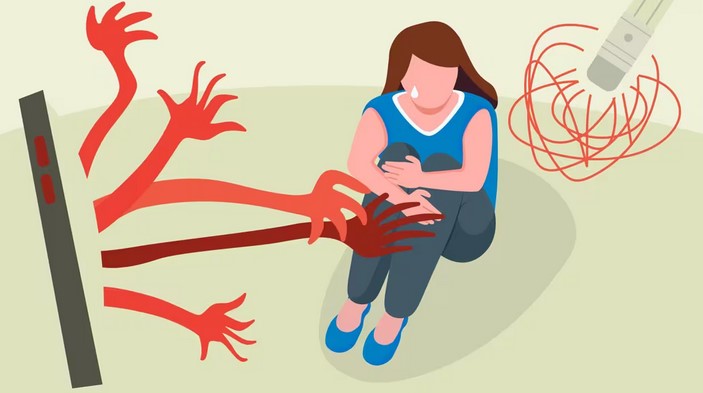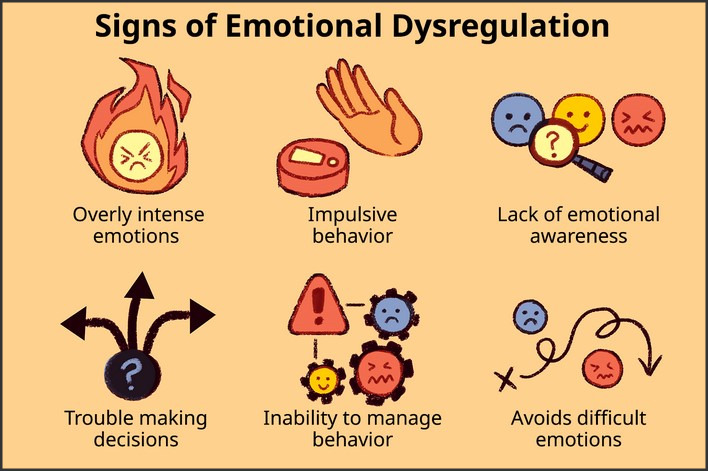
Depression is a common but serious mental health condition that can affect people of all ages and backgrounds. It can impact various aspects of life, including work, relationships, and overall well-being. While it is normal to feel sad or down occasionally, persistent feelings of sadness, hopelessness, and fatigue are characteristic of depression. Seeking depression support is crucial to managing symptoms and improving quality of life. In this article, we will explore what depression is, how to find help, and strategies for improving mental health.
Understanding Depression: A Mental Health Crisis
Depression, also known as major depressive disorder (MDD), is more than just feeling sad. It is a complex mental health condition that often comes with a range of emotional, physical, and cognitive symptoms. These symptoms can include persistent feelings of worthlessness, guilt, and hopelessness, along with fatigue, difficulty concentrating, changes in appetite or sleep patterns, and a lack of interest in activities once enjoyed. In severe cases, depression can even lead to thoughts of self-harm or suicide.
The causes of depression are varied and can include genetic factors, life events, and biochemical changes in the brain. Stressful events such as the loss of a loved one, financial strain, or major life transitions can trigger depressive episodes. In other cases, depression may arise without any obvious external cause, making it even more difficult for individuals to understand what they are experiencing.
It’s important to recognize that depression is not a sign of personal weakness. It is a medical condition that requires professional attention. A combination of therapy, medication, and lifestyle changes can help individuals manage symptoms and regain control over their lives.
The Importance of Seeking Depression Support
One of the biggest challenges for individuals experiencing depression is reaching out for help. Stigma surrounding mental health often prevents people from seeking the necessary depression support, leaving them to struggle in silence. However, acknowledging the need for support and taking the first step toward recovery is the most crucial action you can take for yourself or a loved one.
Support for depression comes in many forms. While self-help strategies such as exercise, maintaining a healthy diet, and practicing mindfulness can be beneficial, professional treatment is often required to address the root causes of depression. Psychologists, psychiatrists, and counselors can offer evidence-based therapies, such as Cognitive Behavioral Therapy (CBT), which helps individuals reframe negative thought patterns and develop healthier coping strategies.
Medications, such as antidepressants, can also be helpful for people with moderate to severe depression. These medications work by balancing the chemicals in the brain that regulate mood, but they are most effective when combined with psychotherapy.
How to Find Depression Support: A Multi-Pronged Approach
Finding the right depression support is a process that often involves multiple steps. Each person’s experience with depression is unique, so what works for one individual may not work for another. Here are several methods to consider when seeking support for depression:
1. Consulting a Mental Health Professional
The first and most important step in addressing depression is to speak with a mental health professional. Psychiatrists and psychologists are trained to diagnose and treat mental health conditions, including depression. A professional will assess your symptoms, determine if depression is the cause, and recommend an appropriate course of treatment. This could include therapy, medications, or a combination of both.
Therapists who specialize in treating depression often use Cognitive Behavioral Therapy (CBT), a highly effective treatment that helps individuals change negative thought patterns and develop more positive ways of thinking and behaving. In some cases, other forms of therapy like Dialectical Behavior Therapy (DBT) or Interpersonal Therapy (IPT) may be used.
If medication is recommended, your psychiatrist may prescribe antidepressants to help manage symptoms. It is important to keep in mind that finding the right medication and dosage can take time, and there may be side effects initially. Regular follow-ups with a healthcare provider are essential to monitor progress and make adjustments as needed.
2. Support Groups and Peer Support
In addition to professional therapy, many people find comfort and encouragement in support groups. These groups provide a safe space for individuals to share their experiences with others who understand what they are going through. Support groups can be in-person or online, and they offer a sense of community and belonging.
Peer support is often helpful for reducing feelings of isolation. Speaking with others who have similar struggles can help individuals feel less alone and provide valuable insights into coping strategies. Many people find that sharing their challenges in a group setting helps them process their emotions and gain new perspectives on their recovery journey.
3. Lifestyle Modifications and Self-Care
While professional treatment is key to addressing depression, lifestyle changes and self-care practices can complement formal therapy and medication. Regular exercise, for example, has been shown to release endorphins, which are natural mood boosters. Even a daily walk can have a significant impact on mental health.
Maintaining a healthy diet rich in nutrients, sleep hygiene, and practicing mindfulness techniques like meditation or deep breathing exercises can also improve mental health. Establishing a routine and setting small, achievable goals can help individuals regain a sense of control and accomplishment. These strategies, combined with professional treatment, can play an important role in the recovery process.
When it comes to managing depression, seeking help is the most important step in the healing process. Depression support comes in many forms—whether through therapy, medications, support groups, or lifestyle changes. It is crucial for individuals experiencing depression to understand that they do not have to navigate their struggles alone. With the right combination of treatment, support, and self-care, it is possible to manage depression and improve overall mental health. Reaching out for help is the first step towards reclaiming your mental well-being and leading a fulfilling life.







